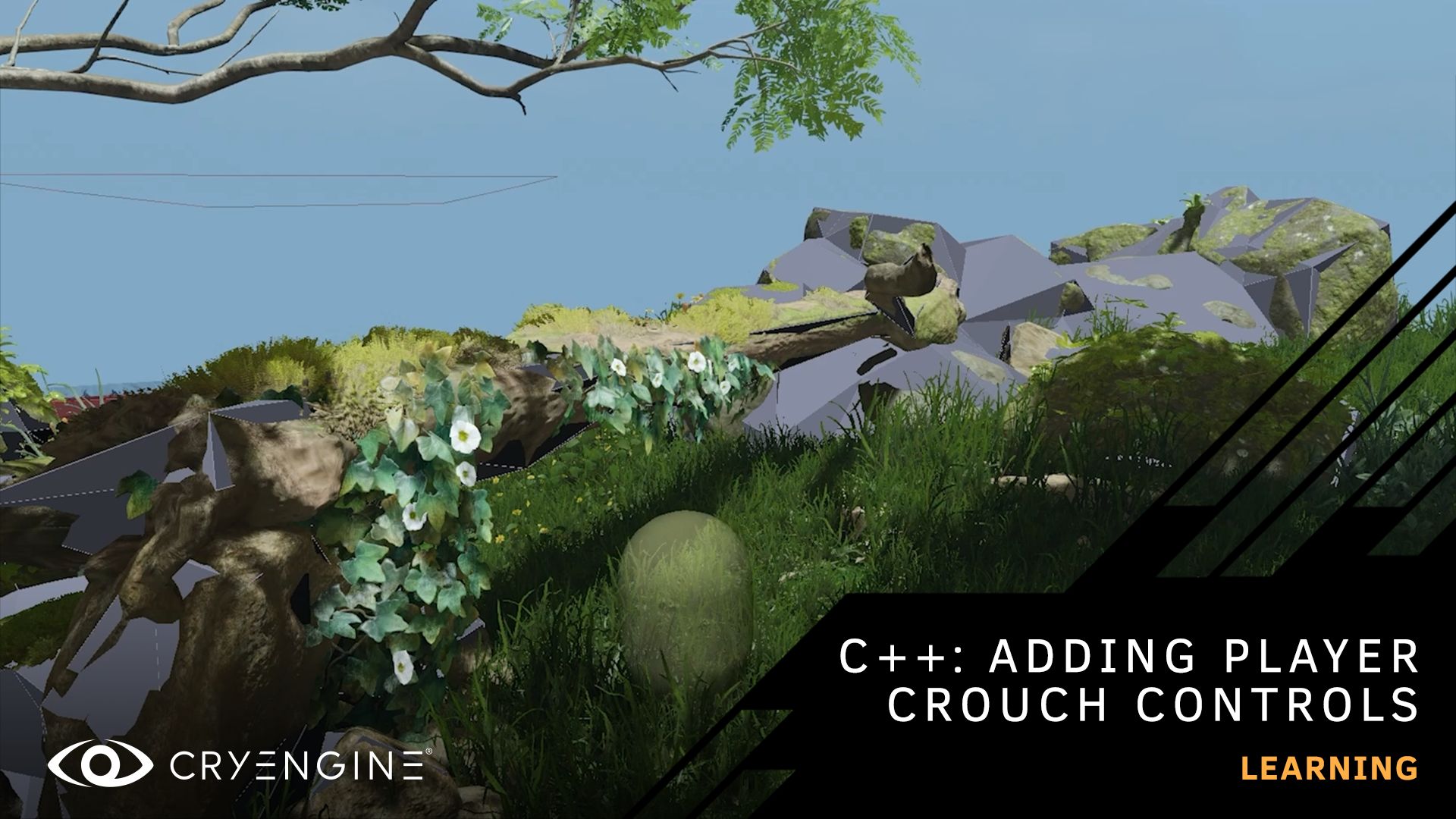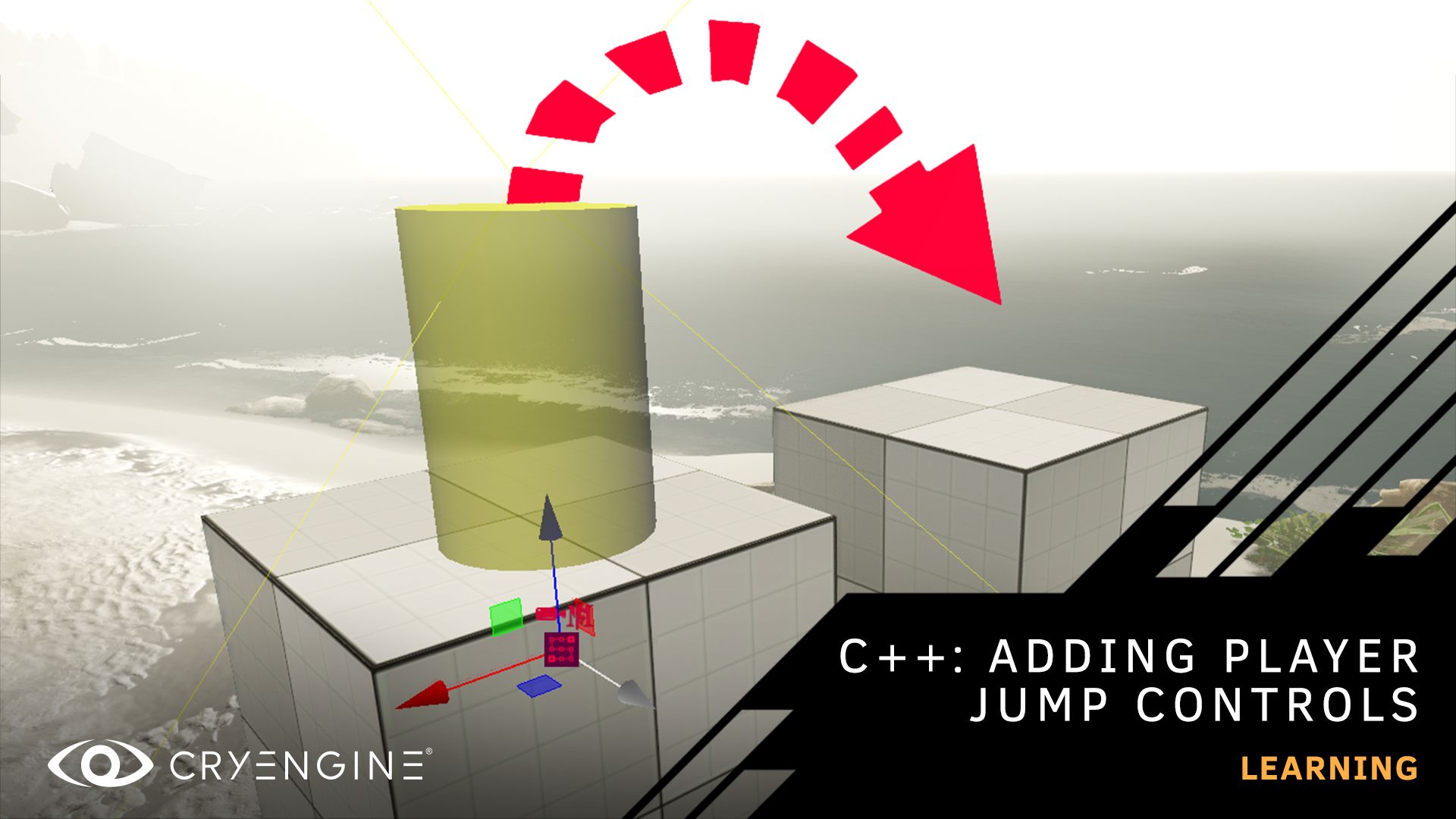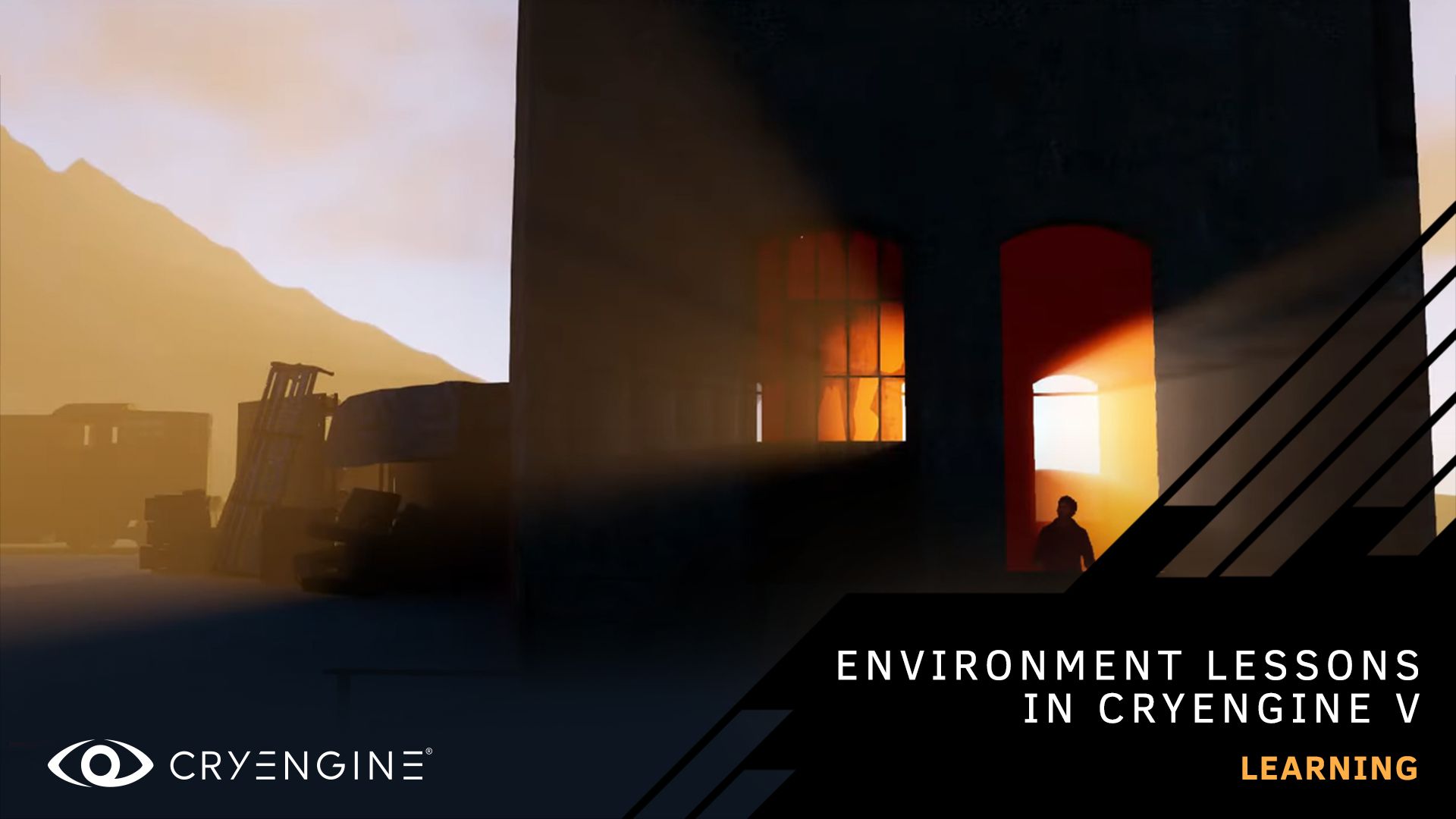
Master environments in CRYENGINE
Ahead of the release of the next episode of our environment editor series, take a look at the previous episodes by our Learning Manager Brian Dilg.
Learn how to make beautiful worlds with CRYENGINE by checking out our environment editor tutorial series, hosted on our YouTube channel, home to a huge range of courses that cover a broad spectrum of game design principles and practical techniques.
The series so far introduces you to an overview of the editor, shows you how to master volumetric fog, and use SVOGI and ambient lighting. Each tutorial is accompanied by comprehensive written documentation. The next chapter in the series, covering HDR and filters in the environment editor, is coming soon. We will also be releasing a free new CRYENGINE Marketplace asset pack soon, containing several environment presets with corresponding terrain heightmaps that can be used as either a starting point or resource for your environments. Stay tuned to our usual channels for more information.
To get the most out of these tutorials, you should be familiar with the basics of game development and using CRYENGINE. If you are completely new to CRYENGINE, we recommend that you download our beginner’s course or watch the tutorial on our YouTube channel.
Environment Editor Tutorial Part 1: Editor Overview
This tutorial gives you an overview of the environment editor, the principles upon which it was designed, and the three key parameters which most dramatically affect the appearance of your game world: the sun, the sky, and fog. The concepts and benefits of a dynamic versus a static time of day are discussed in the video, and you will be shown how to create and assign environment presets. This practical tutorial provides a tour of the editor’s features as you learn how to use lighting to deliver atmosphere and ambiance in your levels, whether you wish to achieve a realistic or a more stylized aesthetic.
Follow the written documentation for this tutorial here.
Environment Editor Tutorial Part 2: Volumetric Fog
Learn every aspect of using volumetric fog, from its theoretical underpinnings and relationship to real-world atmosphere to fine-tuning voxelization through console variables. The tutorial also compares the previous fog effect with the advantages that volumetric fog provides, showing you the parallels as well as the differences. The tutorial goes on to explain the environment editor parameters, distinguishing between those that affect global fog from those that only affect local fog volumes.
Follow the written documentation for this tutorial here.
Environment Editor Tutorial Part 3: SVOGI and Ambient Lighting
Get a step-by-step guide to simplifying the SVOGI system’s many settings down to the essential parameters that you need to fine-tune ambient lighting for both interiors and exteriors. By the end of the tutorial, you will be able to implement lighting that behaves similarly to how it does in real life. In the video, Brian recommends best practices which are proven in production, and discuss how the Crytek development team met complex lighting challenges Hunt: Showdown.
Follow the written documentation for this tutorial here.
ICYMI, we also have a handy round-up of a range of physics tutorials, hosted by Brian, and a recap of videos that will help you learn character animation in CRYENGINE, presented by Roman Perezogin, one of our Junior Technical Designers.
Stay tuned to our usual channels for more tutorials, and don’t forget to subscribe to our YouTube channel. If you have suggestions for tutorials, let us know on the forum, or via Facebook and Twitter. You can ask questions, pick up tips and tricks, and more by joining our community and the CRYENGINE development team over on our official CRYENGINE Discord channel. If you find a bug in the engine, please report it directly on GitHub, which helps us to process the issue quickly and efficiently.
Are you looking for your next career move? At Crytek, we value diversity, and we actively encourage people from all kinds of backgrounds and experience levels to apply to our open positions, so join us over at LinkedIn and check out our careers page.



